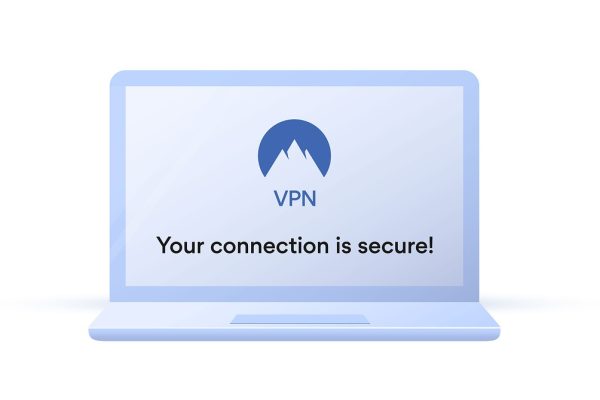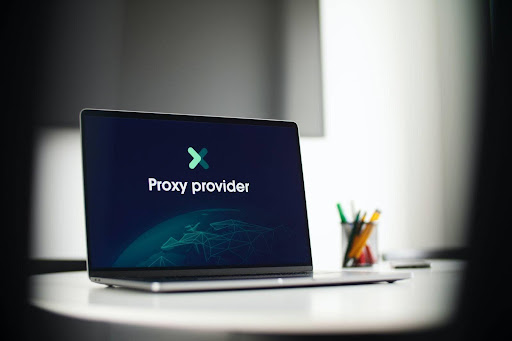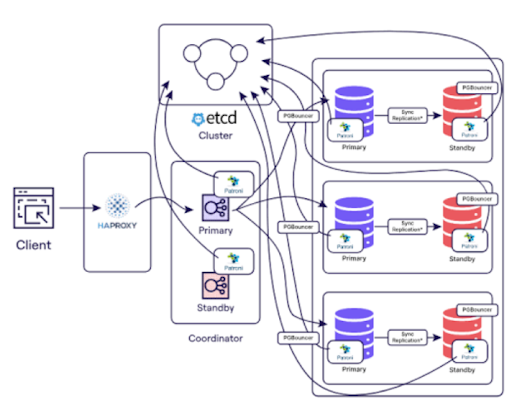IPTV (Internet Protocol Television) has revolutionized the way we consume media, bringing more flexibility and convenience. The emergence of IPTV system made it possible to watch on-demand content online as well as live streams and TV programs.
The variety of content attracts viewers, which also means that companies and organizations can take advantage of the rising demand for online content. Businesses launch their VOD platforms to capitalize on video delivery straight to viewers’ devices and bonding with their customers via an online streaming platform.
Launching a streaming service requires a particular infrastructure to run it. Some content providers develop their own solutions, while others take a much simpler approach by acquiring one of the pre-designed IPTV/OTT solutions available in the market.
For end-to-end video delivery, content providers need middleware, CDN solutions, applications, an encoder/transcoder, and a set-top box. In this article, we are focusing on key features of middleware for a video streaming business.
Table of Contents
Key Features of an IPTV/OTT Middleware for a Video Streaming Business
IPTV/OTT middleware solutions differ from a developer to a developer. Often, it provides OTT subscription management, analytics, monetization, and other features. Let’s explore that.
#1 Content Management and Personalization
IPTV/OTT middleware connects users with providers’ content via the user interface. Middleware is a centralized control panel where providers decide the organization and distribution of content.
With its help, providers can deliver VOD (video-on-demand) content, live streams, and TV broadcasts. These content formats can be categorized based on genre, topic, release date, and other parameters. Such systematization helps viewers discover content easier and faster.
Another way to simplify the content discovery process for viewers is to utilize a recommendation engine. It provides personalized suggestions based on a viewer’s viewing history, likes, and dislikes, increasing user engagement and reducing churn rate. This engine constantly refines the recommendations so that they align with changing customer preferences.
#2 Security and DRM
In the middleware, content providers can configure security to protect their content from unauthorized access and content piracy. The measures can vary, but there are some of them:
- Geo-blocking: providers can define areas where their content is available or restricted for access.
- Access control: only authorized viewers will be able to watch your videos since middleware will verify their credentials before granting access.
- Content rights management: providers can prevent this or that user from accessing videos.
DRM (Digital Rights Management) is an essential security framework, ensuring an additional layer of protection for intellectual property. This system uses advanced encryption and decryption techniques for securing content during transmission.
Typically, DRM controls access to copyrighted materials and what viewers can and cannot do with providers’ content.
#3 Multiscreen support
Middleware solutions incorporate technologies that make content compatible with various devices and operating systems, including iOS, Android, Windows, and others.
As a result, viewers can watch videos on any device, including mobile phones, tablets, laptops, and TVs.
This compatibility ensures that content adapts to different devices without issues related to content formatting. This enhances the user experience.
Final Thoughts
Middleware is a backbone as it provides an array of features for controlling every aspect of the video streaming business. It is necessary for managing content, setting monetization, tracking analytics, configuring payment processes, defining the GUI, and making other components exchange data with each other.
Generally, middleware solutions empower providers to organize and deliver content effectively.











